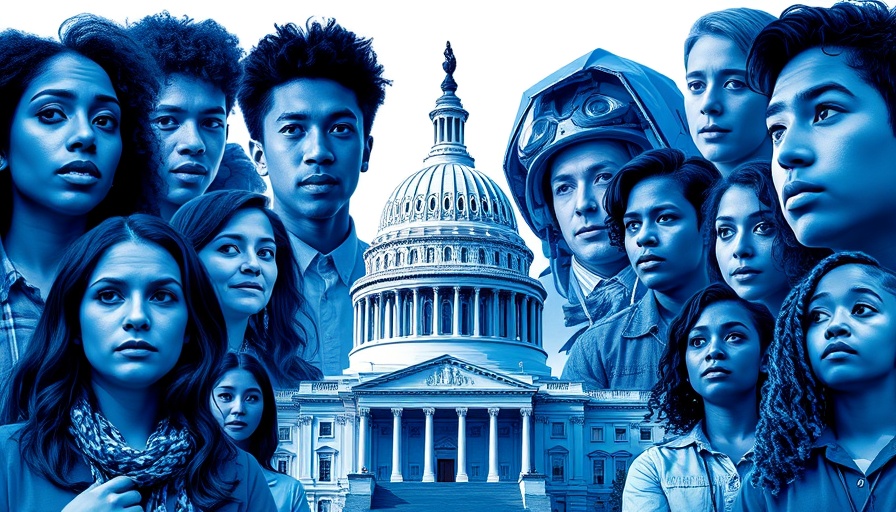
Introducing the New Wave of Democratic Candidates
As the 2026 midterms approach, the Democratic Party finds itself at a crossroads. A cadre of fresh-faced candidates, largely under 40, is challenging the existing political elite, and the stakes have never been higher. This emerging movement comes from a younger generation of Democrats who are openly frustrated with the status quo, and this discontent has propelled them into the political arena.
Younger Democrats Pushing Change
This new wave of political challengers is characterized by a distinct sense of urgency and anger toward older leaders who, they argue, have repeatedly failed to address the needs of their constituents. Candidates have begun to vocalize their frustrations, not just with policies, but with what they perceive as an outdated form of governance. Many are inspired by the book Original Sin, which critiques the Biden administration and addresses concerns over his cognitive health, raising doubts about the viability of existing leadership.
Campaign Strategies of a Discontented Generation
The campaign strategies of these candidates reflect a mix of earnest populism and a potent desire for genuine change. For instance, Abdul El-Sayed, a gubernatorial candidate in Michigan, is gaining traction with messaging that resonates with young voters eager for authenticity. Similarly, New York City mayoral contender Zohran Mamdani embodies a fresh approach to governance that contrasts sharply with older political figures. With 15 House Democrats already facing primary challenges, the spirit of competition is ramping up, signaling that this generation is determined to seize power.
Women vs. Men in the Democratic Race
Interestingly, this cohort of candidates is predominantly male, which stands in stark contrast to the last wave of Democratic challengers during the Trump era. The rise of women leaders like Alexandria Ocasio-Cortez and Ilhan Omar was pivotal in 2018, but this cycle appears to be led more by young men, raising questions about diversity within the party's insurgent ranks. As Amanda Litman from Run For Something notes, “It’s crucial that we pay attention to the dynamics of these new entries and how they affect the party’s narrative.”
The Role of Anger in Political Engagement
The palpable anger among these younger Democrats can be both a motivator and a challenge. While fostering political engagement, this emotion also risks alienating more moderate voters who may see these newcomers as too extreme. This juxtaposition presents an interesting dilemma for the party at large: how to harness the energy of younger voters while maintaining broader electoral appeal.
Looking Towards the Future of the Democratic Party
The 2026 midterms will undoubtedly serve as a litmus test for this new generation of Democratic candidates. As they prepare for primaries, the question remains: can they channel their anger into successful campaigns that resonate not just within progressive silos, but across the broader American electorate? The answers to these questions will ultimately shape the Democratic Party's future.
Join the Conversation
As the political landscape continues to shift, it's increasingly important for individuals, especially high earners in cities like Philadelphia, to stay informed and engage in political discussions. The rise of these new candidates offers a unique perspective on the issues at stake. Staying connected with local and national politics is crucial for understanding how these changes might impact you. Get involved!
 Add Row
Add Row  Add
Add 




Write A Comment